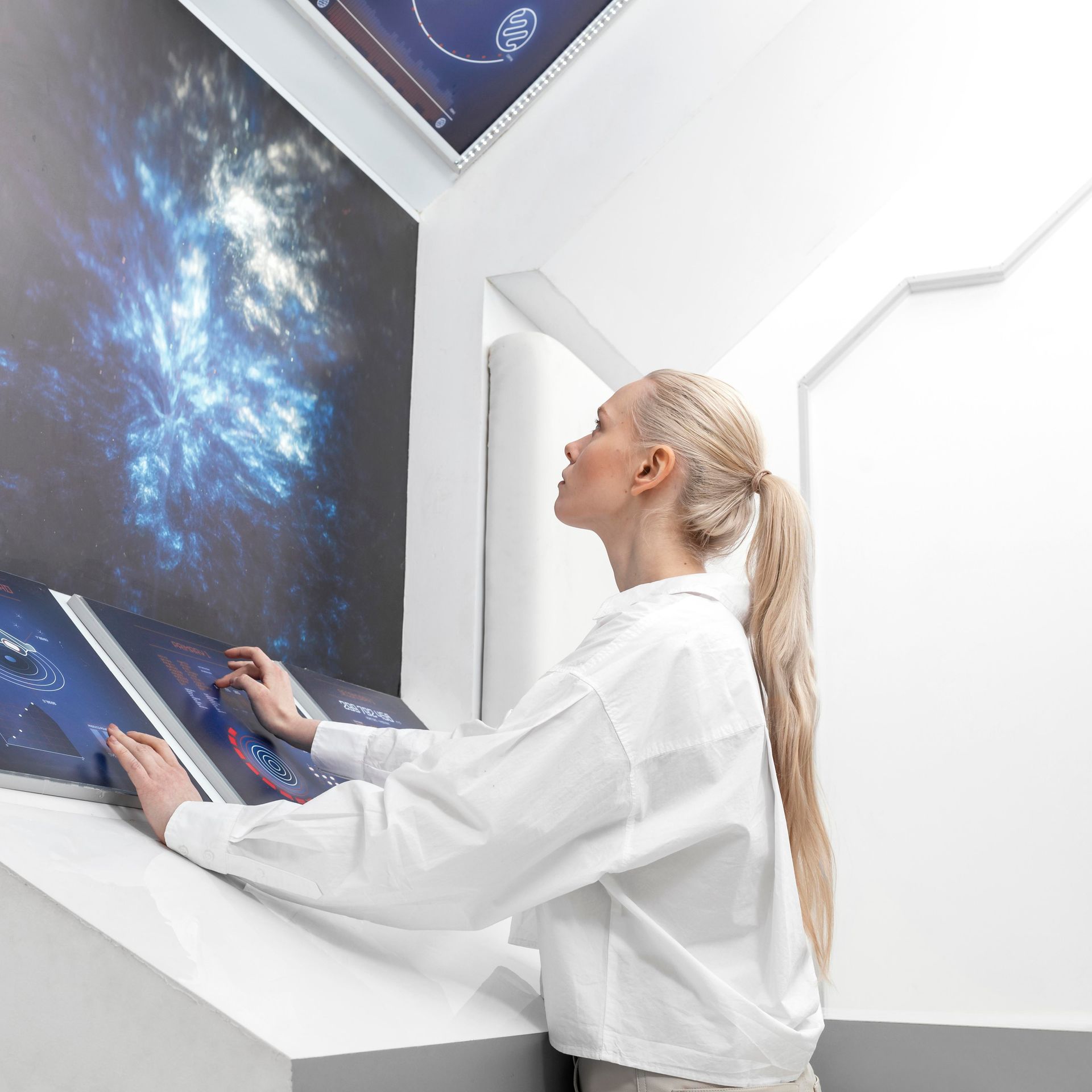As healthcare continues to embrace technological advancements, Virtual Medical Assistants (VMAs) are poised to play an increasingly pivotal role. The evolution of VMAs promises to bring transformative changes to how healthcare providers operate and interact with their patients. Chase Clinical Documentation remains at the forefront of this
innovation, continuously enhancing our VMA technology to meet the dynamic needs of the healthcare industry. Let's explore some anticipated developments in VMA technology and how they might continue to evolve to better serve healthcare providers and patients.
Enhanced Integration with Emerging Technologies
1. Artificial Intelligence and Machine Learning
- Future VMAs will likely exhibit more advanced AI capabilities, enabling them to make more autonomous decisions based on data-driven insights. Machine learning algorithms will allow VMAs to learn from interactions and improve their responses over time, offering more personalized and effective patient care.
2. Internet of Medical Things (IoMT)
- Integration with IoMT devices will enhance the ability of VMAs to monitor patient health remotely. By collecting real-time data from devices such as wearable health monitors and connected medical devices, VMAs will be able to alert healthcare providers to potential health issues before they become critical, ensuring timely intervention.
Improved Patient Interaction and Engagement
1. Natural Language Processing Enhancements
- Future VMAs will feature more sophisticated natural language processing abilities, improving their interaction with patients. This will make conversations more natural and less robotic, enhancing the patient experience and facilitating better communication.
2. Multi-Channel Communication
- VMAs will evolve to seamlessly communicate across multiple platforms, including text, voice, and video. This flexibility will allow patients to interact with healthcare providers in the manner they find most convenient, improving accessibility and satisfaction.
Advanced Data Analytics Capabilities
1. Predictive Analytics
- With advancements in data analytics, VMAs will play a crucial role in predictive health management. By analyzing vast amounts of data, VMAs will be able to predict patient trends and health outcomes, enabling proactive healthcare practices.
2. Customized Healthcare Plans
- VMAs will use data from patient interactions and IoMT devices to help healthcare providers develop highly customized and dynamic treatment plans that adjust as the patient’s condition evolves.
Greater Focus on Security and Compliance
1. Enhanced Security Measures
- As VMAs handle increasingly sensitive data, security will become even more critical. Future VMAs will incorporate advanced encryption methods and robust security protocols to ensure patient data remains protected against all forms of cyber threats.
2. Compliance Automation
- VMAs will also be equipped to automatically keep up with changing healthcare regulations and ensure compliance, reducing the administrative burden on healthcare providers and minimizing risk.
A Future Defined by Collaboration and Innovation
The future of Virtual Medical Assistance is not just about technological innovation but also about how these
technologies integrate into the healthcare ecosystem to enhance patient care and operational efficiency. At Chase Clinical Documentation, we are committed to pioneering developments in VMA technology that anticipate the needs of healthcare providers and patients alike. By staying at the cutting edge of technological advancements, we ensure that our VMAs remain indispensable tools for healthcare providers, helping them deliver superior care and achieve optimal operational efficiencies. As we look to the future, the potential of VMAs to transform healthcare is both immense and inspiring.
Recent Posts













